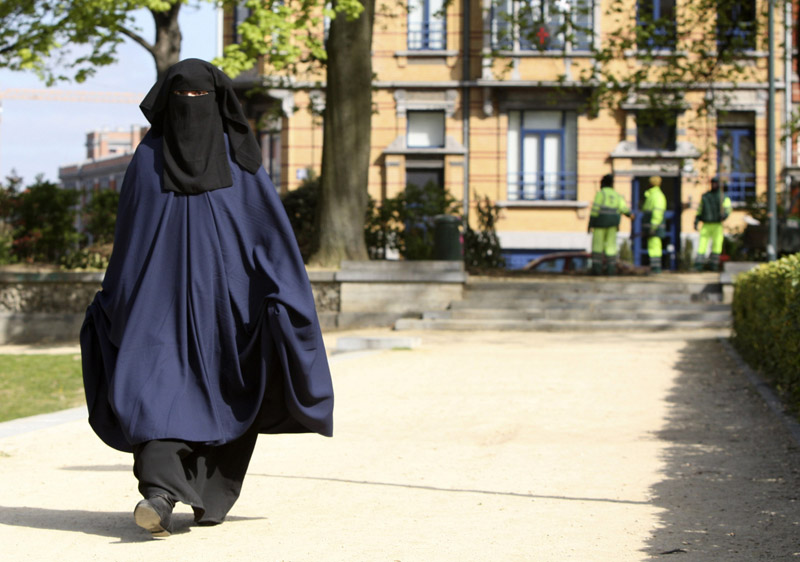It would be hard to blame Americans for being bewildered by stories now coming out of Europe.
There, lawmakers and top political leaders in places such as France and Belgium want to ban the veils and other body coverings worn by many Muslim women.
Such coverings have no counterparts in western women’s wear, with the possible exception of the habits that once were common for Catholic nuns and other religious orders.
Those limited exceptions aside, full-body coverings such as abayas (which leave the face uncovered) and even burkas (which only expose the eyes) are now common sights in locations where immigrants from Muslim lands have settled in Europe and other western nations, including the United States.
It is also common to see women wearing a scarf called the hijab to cover their hair, often accompanied by a hip-length tunic and long skirt.
In Europe, where ethnic strife is unfortunately increasing, French President Nicholas Sarkozy and other leaders have banned headscarves from schools due to their religious connotations (French schools have long been aggressively secular).
Now that effort is being extended to facial coverings in any public venue. Critics say that because the clothing is mandated by some, but not all, Muslim traditions, it violates women’s rights. Defenders say that requiring its removal tramples on religious freedom.
Amid all this fuss, Americans can be happy that we let people choose to wear what they want, as long as minimal standards of modesty are maintained. And, as we’ve found out with recent topless marches, those standards are minimal indeed.
If any woman feels oppressed by her clothing, she should say so and pick other garb. Here, that right is already guaranteed.
Send questions/comments to the editors.



Success. Please wait for the page to reload. If the page does not reload within 5 seconds, please refresh the page.
Enter your email and password to access comments.
Hi, to comment on stories you must . This profile is in addition to your subscription and website login.
Already have a commenting profile? .
Invalid username/password.
Please check your email to confirm and complete your registration.
Only subscribers are eligible to post comments. Please subscribe or login first for digital access. Here’s why.
Use the form below to reset your password. When you've submitted your account email, we will send an email with a reset code.